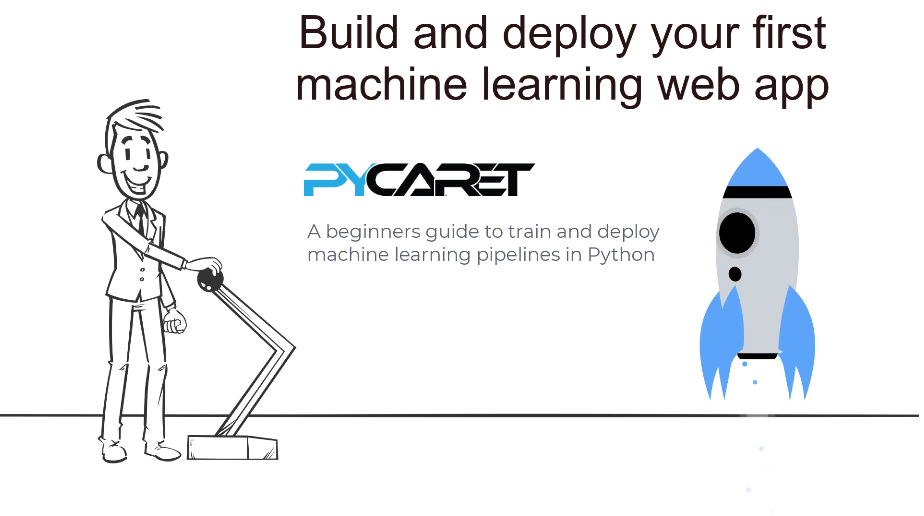 By MachineCurve -
2021-02-15
By MachineCurve -
2021-02-15
Machine Translation with Python and Transformers - learn how to build an easy pipeline for translation and to extend it to more languages.
 By MachineCurve -
2021-02-02
By MachineCurve -
2021-02-02
Explanations and code examples showing you how to use K-fold Cross Validation for Machine Learning model evaluation/testing with PyTorch.
 By Machine Learning Mastery -
2020-09-01
By Machine Learning Mastery -
2020-09-01
AutoML refers to techniques for automatically discovering the best-performing model for a given dataset. When applied to neural networks, this involves both discovering the model architecture and the ...
 By huggingface -
2021-03-12
By huggingface -
2021-03-12
We’re on a journey to advance and democratize artificial intelligence through open source and open science.
 By KDnuggets -
2021-03-13
By KDnuggets -
2021-03-13
A beginner’s guide to train and deploy machine learning pipelines in Python using PyCaret.
 By MachineCurve -
2020-01-07
By MachineCurve -
2020-01-07
Visualizing the structure of your neural network is quite useful for publications, such as papers and blogs. Today, various tools exist for generating these visualizations – allowing engineers and res ...






